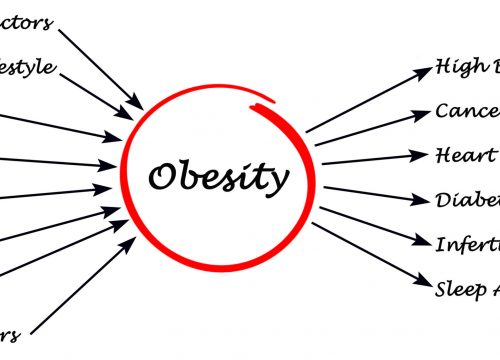
People have sought to defy aging ever since the dawn of Genesis. In ancient Egypt, Cleopatra bathed in sour donkey’s milk to cleanse her skin.
LEARN MORE
This year, Metformin celebrates its 65th anniversary on the marketplace. In the US, it boasts the accolade of #6 most commonly prescribed drug (1).
LEARN MORE
Mankind has been on the lookout for centuries for the precious elixir of youth, but did it occur to anyone that it might have been laying all the time inside that 5 cent white pill,
LEARN MORE
Dietary recommendations continue to be one of the most confusing topics in modern medicine simply because of the paucity of good data and the complexity of randomization within these studies.
LEARN MORE
B12 is one of the most widely supplemented vitamins, in part, because of its broad clinical significance.
LEARN MORE
Covid fatigue is real. As the pandemic continues to overstay its welcome it’s more important than ever to disassociate science from politics.
LEARN MORE
Many perseverate on why they chose medicine, but I can’t seem to find much commentary on why doctors continually choose Medicine.
LEARN MORE
201 funny sounding words to scare you into cleaning up your diet, courtesy of Heymsfield et al featured in this week’s New England Journal of Medicine.
LEARN MORE
The answer is yes and no, but it’s important to distinguish acute from chronic blood pressure changes.
LEARN MORE
Assuming weight loss isn’t governed by a mystical deity it should be something we can elucidate with a cup of coffee and a napkin.
LEARN MORE
Glycemic index is an important concept in nutrition. It provides a method for comparing and “normalizing” sugar moieties in food items,
LEARN MORE
Sometimes a picture paints a thousand words. So here are 2000 words to illustrate the physiologic differences between pepsi and, say, honey.
LEARN MORE
Absolutely not. And one primary (albeit not exclusive) explanation lies in the physiology of the liver.
LEARN MORE
Actually I’m impartial to the specific product; FitBit, jawbone, TomTom, Garmin. It’s the concept I’m in love with. Here’s why...
LEARN MORE
In residency we were bombarded with information, some of it was anecdotal (which certainly yields value), but the more you learn the more you question and the more you learn how to ask the right questions.
LEARN MORE
If you’re ready to get started, we’re ready to help. In addition to IV Vitamin Infusions, we also provide aesthetics and internal medicine services catered to your needs and goals. Call (805) 364-2814 to schedule. You can also fill out the form below to request an appointment.